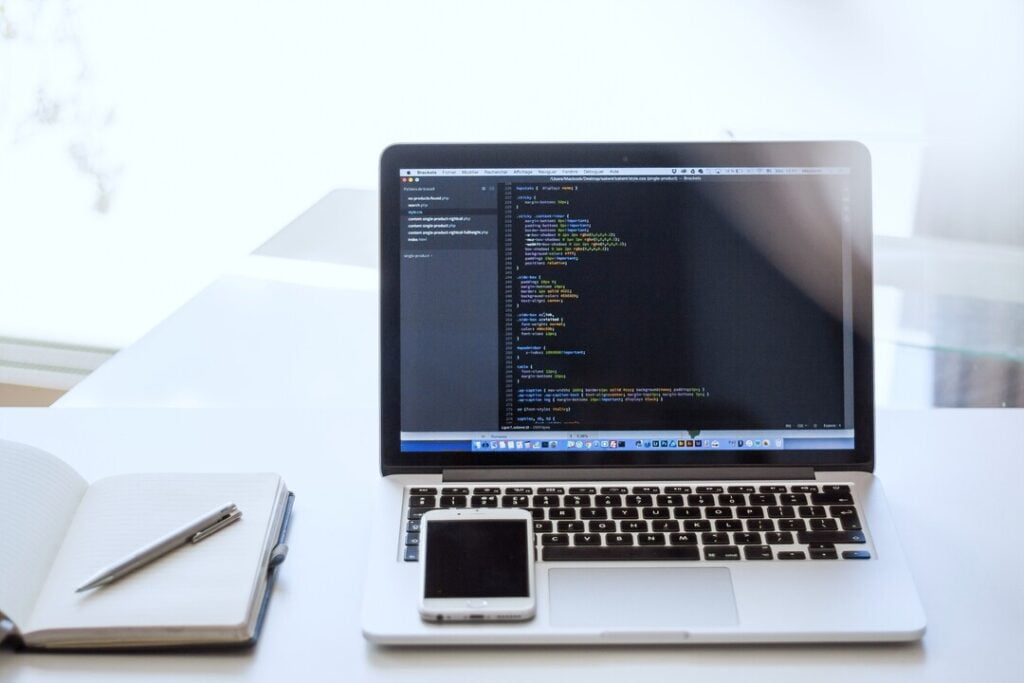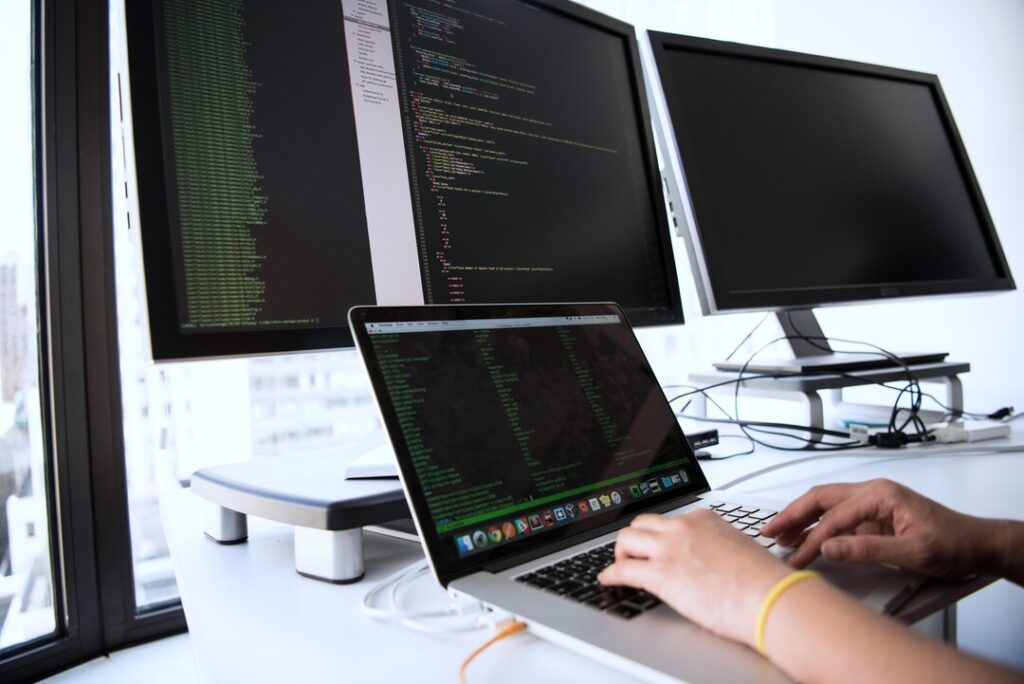
Software Quality Measurement: A Full Guide on How We Do It in TechRivo
By Patryk Majchrzycki Posted

The process of software development can become hectic, especially if you are pressured by deadlines and other commitments. In such conditions, it is important to consider software quality and avoid sacrificing it for the sake of speed or budget optimization.
So how could you measure software code quality? TechRivo’s specialists share the main insights you should know on software quality metrics and the best practices of quality assurance.
What Is Software Quality?
The concept of software quality implies that a certain software piece matches its requirements. There are two main types of requirements: functional and non-functional.
Functional ones determine the feature scope of a software system, defining what a solution should do. In turn, non-functional requirements establish the qualitative characteristics of the software. The main aspects they cover include software quality metrics like usability, reliability, security, scalability, testability, maintainability, etc.
As you can guess, measuring compliance with functional requirements is pretty obvious. In turn, you most probably will face some challenges with non-functional, especially considering they dictate the most attributes we evaluate when talking about software quality measurement.
When Do We Measure Software Quality?

Software teams typically measure software quality at various stages of the software development life cycle (SDLC).
During Requirements Gathering
At the initial stage of the software projects, developers measure software quality by evaluating the requirements. This helps to identify any ambiguous, conflicting, or incomplete requirements and resolve them early on in the development process.
During Design and Development
During this phase, development teams use code reviews, testing, and debugging to measure and ensure software quality. This helps to identify any defects or bugs that might have been introduced during the development process.
During Software Testing
At this stage, software engineers evaluate the software against predefined test cases. This helps to ensure that the software meets the functional and non-functional requirements and is free of any critical defects or bugs.
During Deployment
Software teams measure software quality during deployment by monitoring the software’s performance, reliability, and scalability in real-world environments. This helps to identify any performance or reliability issues that were not detected during the software testing phase.
Overall, measuring software quality is an ongoing process that spans the entire software development life cycle. By thoroughly measuring software quality at every stage, software teams can identify defects and issues early on in the development process and ensure that the software meets the expected quality standards before being released to the end-point users.
How Do Developers Maintain the Software Code Quality?
Developers maintain software code quality by adopting various best practices and techniques throughout the software development life cycle. Here are some of the most common practices:

Code Review
Code review is an essential technique to maintain code quality. It involves other developers reviewing the code to identify any bugs, vulnerabilities, or performance issues. Code review ensures that the code follows the best practices and guidelines established by the development team.
Automated Testing
Automated testing is a critical part of maintaining code quality. Developers create automated tests that cover various use cases and scenarios to ensure the code is functioning as expected. Automated testing helps detect defects early on and enables developers to fix them before they cause significant issues.
Code Refactoring
Refactoring is the process of improving the code structure and design to make it more maintainable, scalable, and efficient. It helps to reduce technical debt and ensure that the code is easy to maintain and extend over time.
Documentation
Proper documentation is essential for maintaining code quality. Developers document the code to make it easy for other developers to understand, maintain and extend the code.
Continuous Integration and Continuous Deployment
CI/CD is a set of practices that enable developers to deliver code changes quickly and safely. Developers integrate their code changes into the codebase frequently, and the code is automatically built, tested, and deployed to the production environment. CI/CD helps to ensure that the code quality is maintained throughout the development process.
The Main Tools to Ensure Software Quality
There are several tools available that can help assure software quality. Here are some of the most commonly used ones:

Static Code Analysis Tools
Static code analysis tools analyse the source code without executing it and identify issues such as coding standards violations, potential security vulnerabilities, and code complexity. Examples of popular static code analysis tools include SonarQube, CodeClimate, and ESLint.
Test Management Tools
Test management tools help manage the test cases, test plans, and test results of software testing. These tools can help ensure that all software requirements are adequately tested and track the progress of testing. Examples of popular test management tools include TestRail, Zephyr, and QTest.
Continuous Integration and Continuous Deployment (CI/CD) Tools
CI/CD tools automate the software build, test, and deployment process. These tools can help catch code issues early in the development process and ensure that the software is always deployable. Examples of popular CI/CD tools include Jenkins, CircleCI, and Travis CI.
Performance Testing Tools
Performance testing tools measure the performance of the software by simulating user loads and measuring response times. These tools can help identify performance bottlenecks and ensure that the software can handle expected loads. Examples of popular performance testing tools include JMeter, LoadRunner, and Gatling.
Code Coverage Tools
Code coverage tools measure how much of the code is executed during testing. These tools can help ensure that all code paths are tested and identify areas of the code that are not being tested. Examples of popular code coverage tools include Cobertura, JaCoCo, and Coveralls.
Monitoring Tools
Monitoring tools monitor the software in real time and provide insights into the software’s performance, reliability, and availability. These tools can help identify issues before they impact users and ensure that the software is performing as expected. Examples of popular monitoring tools include New Relic, Datadog, and Prometheus.
In Conclusion
Author
Co-Founder and CTO of TechRivo. Patryk is the team member responsible for the company’s technical side. The entire team trusts him to bring methodologies and tech for state-of-the-art software development.
